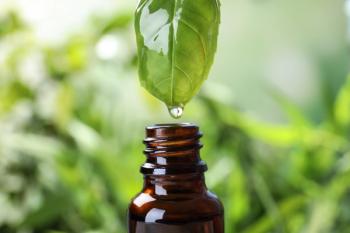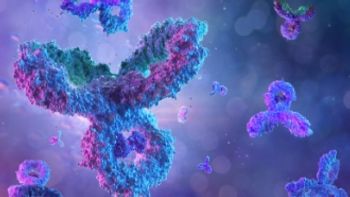
Exploration of the Low-Pressure GC (LPGC) Technique
Webinar Date/Time: Wed, Jun 19, 2024 11:00 AM EDT
Low-pressure gas chromatography (LPGC) is a powerful technique that allows you to cut run times as well as reduce carrier gas usage. Join us for this webinar where we talk about how to implement this in your lab and show some LPGC optimized applications.
Register Free:
Event Overview:
Throughput is one of the most important parameters in the lab while helium conservation becomes more important every day. While there are numerous ways to increase the speed of analysis, the low-pressure gas chromatography (LPGC) technique is a unique way of tackling faster run times while reducing helium usage. LPGC uses short, wide, and medium bore columns—rather than a short, narrow one—with the power of the mass spectrometer to decrease analysis times. Coupling this type of analytical column with a narrow guard column that acts as a restrictor allows normal head pressure at the inlet, while the analytical column is operated under near-vacuum conditions. The low pressure inside the wide and medium bore column shifts the optimum linear velocity about a factor of 7 higher, which allows for faster analysis without a total loss of efficiency. Because of shorter run times and lower flow rates, LPGC can lead to an 80% reduction in helium usage compared to conventional GC-MS using a 30m column and make run times up to 4 times faster.
Key Learning Objectives:
- Learn how LPGC works and how to use it for analyses
- Understand how the technique can reduce run times and carrier gas usage
- See the limitations of the technique and when it might not be appropriate
Who Should Attend:
- Bench chemists
- Method developers
- Lab managers
- Anyone looking to cut GC analysis time
Speaker:
Jana Hapner
Principal Scientist, GC Solutions
Restek Corporation
Jana Hapner is an application scientist in Restek’s innovations lab. Her primary research focus is the development of solutions in food analysis for GC-MS and GC-MS/MS. Jana has over 10 years of experience with method development in both gas and liquid chromatography. Prior to joining Restek, she received her PhD in analytical chemistry from the University of North Dakota and her MS degree from the University of Chemical Technology, Prague.
Register Free:
Newsletter
Join the global community of analytical scientists who trust LCGC for insights on the latest techniques, trends, and expert solutions in chromatography.





